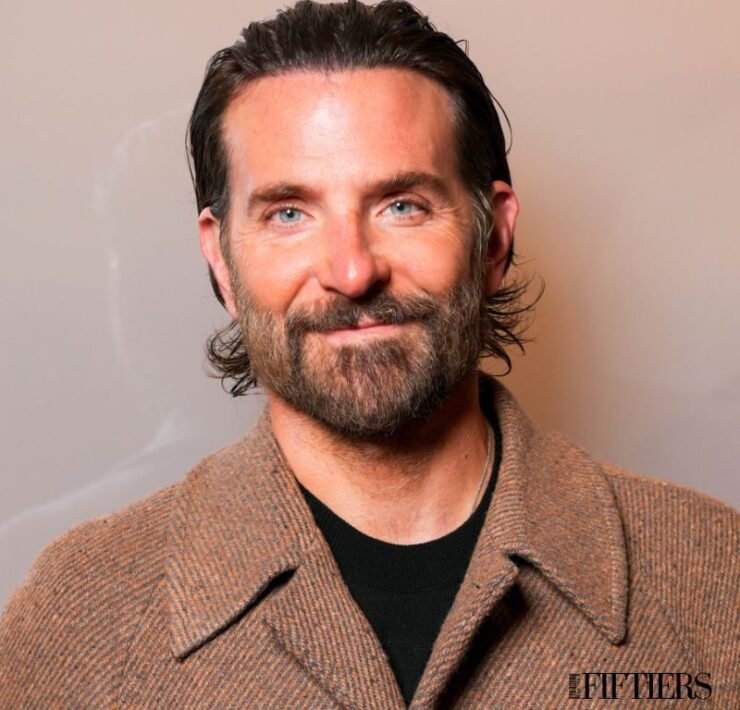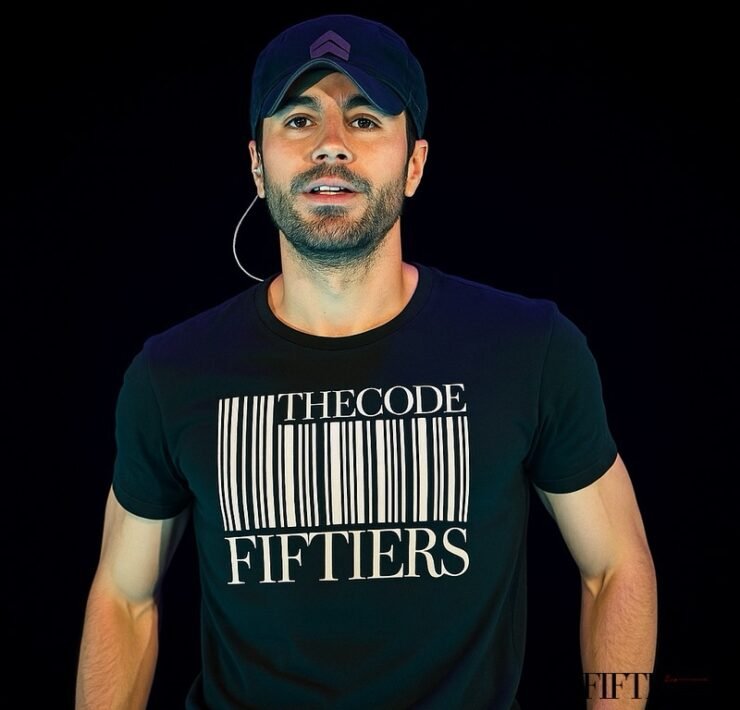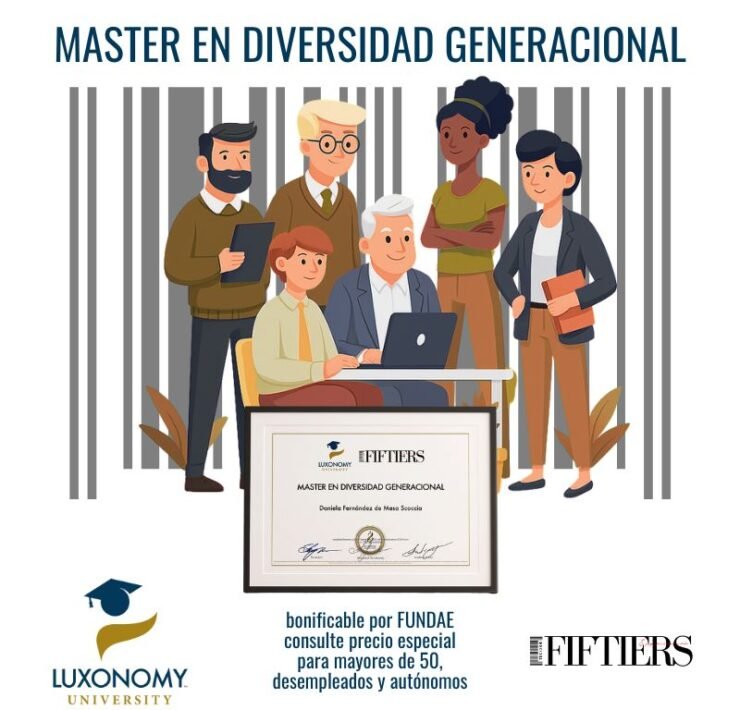Successful Entrepreneurs After 50

Chairman LUXONOMY™ Group
For decades, the dominant narrative has been that entrepreneurship is a young person’s game. However, real-life examples tell a different story: many of the most stable, profitable, and innovative business ventures have come from people over the age of 50. This report showcases real cases and analyses of figures who defied stereotypes and founded impactful companies later in life.
1. Ray Kroc – McDonald’s (Franchise expansion at 52)
Background: Ray Kroc was selling milkshake machines when he met the McDonald brothers. At 52, he saw the potential in their fast-food system.
Outcome: He scaled McDonald’s into a global fast food empire.
Keys to success: Sales experience, business vision, relentless drive.
2. Harland Sanders – KFC (Franchise began at 65)
Background: After various jobs and a failed restaurant, Colonel Sanders started franchising his fried chicken recipe at 65.
Outcome: KFC became a global phenomenon.
Keys to success: Perseverance, strong brand identity, product quality.
3. Arianna Huffington – The Huffington Post (Success at 55)
Background: A writer and political commentator, she launched HuffPost at 55 and later sold it for over $300 million.
Outcome: Revolutionized digital journalism.
Keys to success: Reputation, media savvy, digital focus.
4. Martha Stewart – Martha Stewart Living Omnimedia (Growth after 50)
Background: Already known for cooking and home decor, she expanded her media empire after turning 50.
Outcome: Built a multimillion-dollar lifestyle brand.
Keys to success: Personal branding, emotional connection with audience, diversification.
5. Robert Noyce – Intel (Transformational leadership in his 50s)
Background: Though he co-founded Intel at 41, his most impactful leadership came in his 50s.
Outcome: Helped define the microprocessor age.
Keys to success: Visionary leadership, technical knowledge, corporate culture.
6. Vera Wang – Vera Wang Inc. (Global growth after 50)
Background: Started designing wedding dresses at 40, but her brand flourished in her 50s.
Outcome: Became a global luxury fashion icon.
Keys to success: Elegant style, celebrity influence, brand exclusivity.
7. Toni Morrison – Nobel Prize at 62
Background: Though not a traditional entrepreneur, Morrison built her literary and editorial legacy after 50.
Outcome: First Black woman to win the Nobel Prize in Literature.
Keys to success: Authentic storytelling, ethical consistency, literary excellence.
8. Charles Flint – IBM (Founded precursor to IBM at 61)
Background: Founded Computing-Tabulating-Recording Company at 61, which later became IBM.
Outcome: Laid the groundwork for a tech giant.
Keys to success: Talent identification, industrial vision, organizational strategy.
Trends and Data
Recent studies show that entrepreneurs over 50 are more likely to succeed than younger founders because of:
- Better risk management skills
- More established professional networks
- Emotional and financial resilience
- Deeper market and life knowledge
A study by MIT and Northwestern University found that 50-year-olds are 1.8 times more likely to build successful companies than 30-year-olds.
Future Outlook: The FIFTIER Entrepreneurial Renaissance
The 50s are being redefined by health, longevity, tech access, and accumulated experience:
- Driven by purpose, not approval
- Financially stable enough to take risks
- Ready to lead ethical, impactful businesses
- Experience is the new competitive advantage
Conclusion
Success has no expiration date. Starting a business after 50 can be the most fulfilling, innovative chapter of your life. The world needs more mature leaders who lead with vision, ethics, and wisdom.
Discover more from FIFTIERS
Subscribe to get the latest posts sent to your email.






















